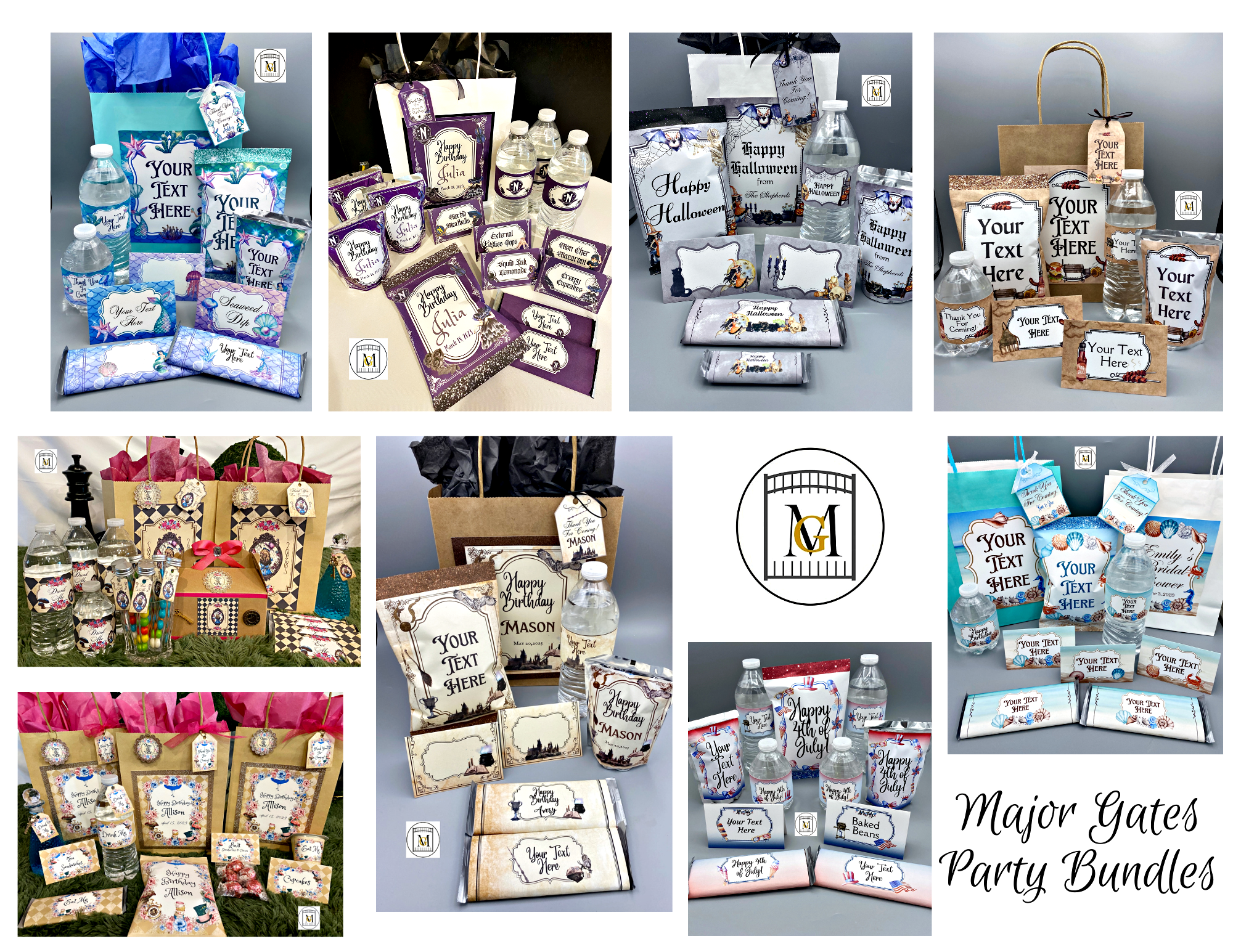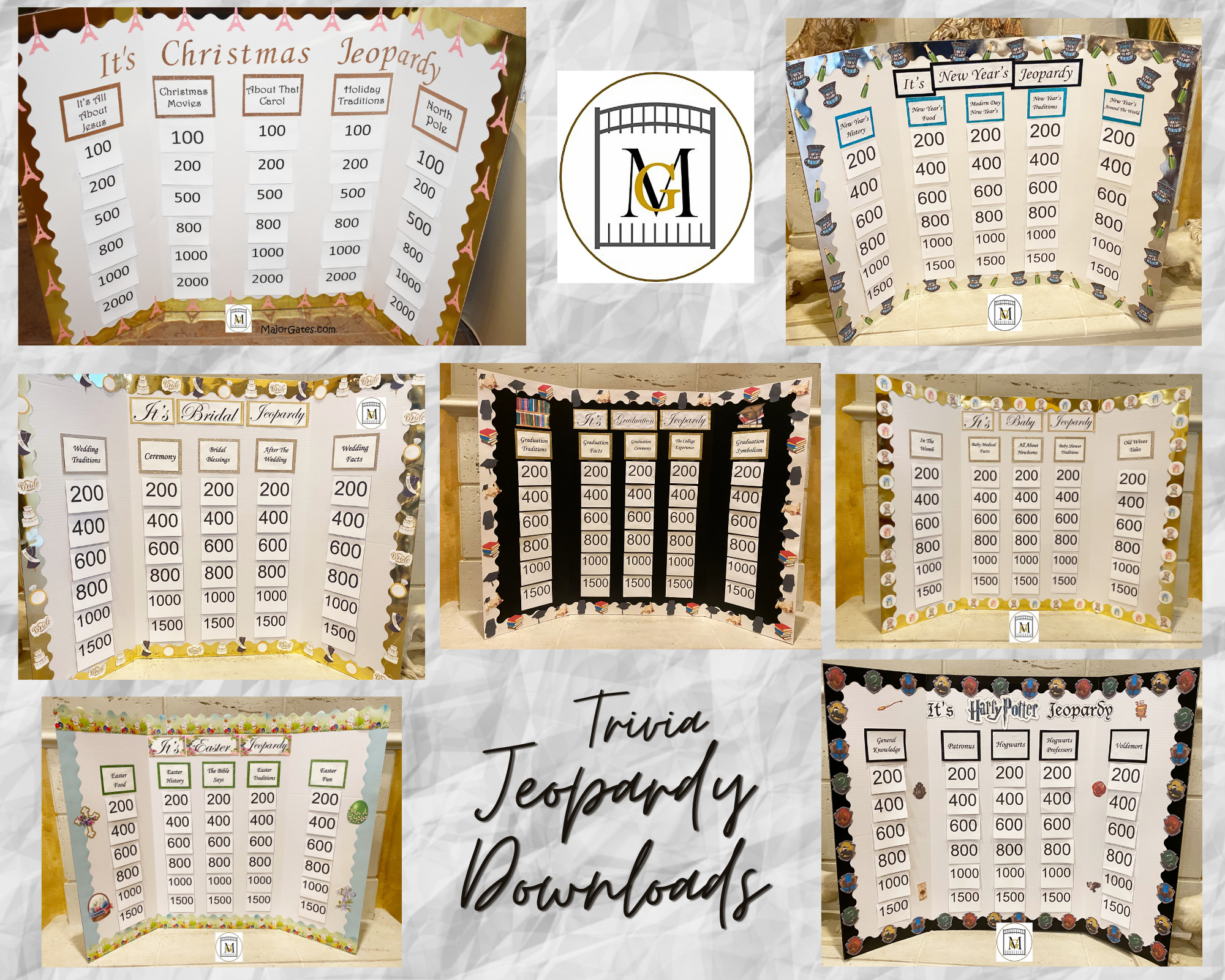Hard Freeze Preparation In Southern U.S.
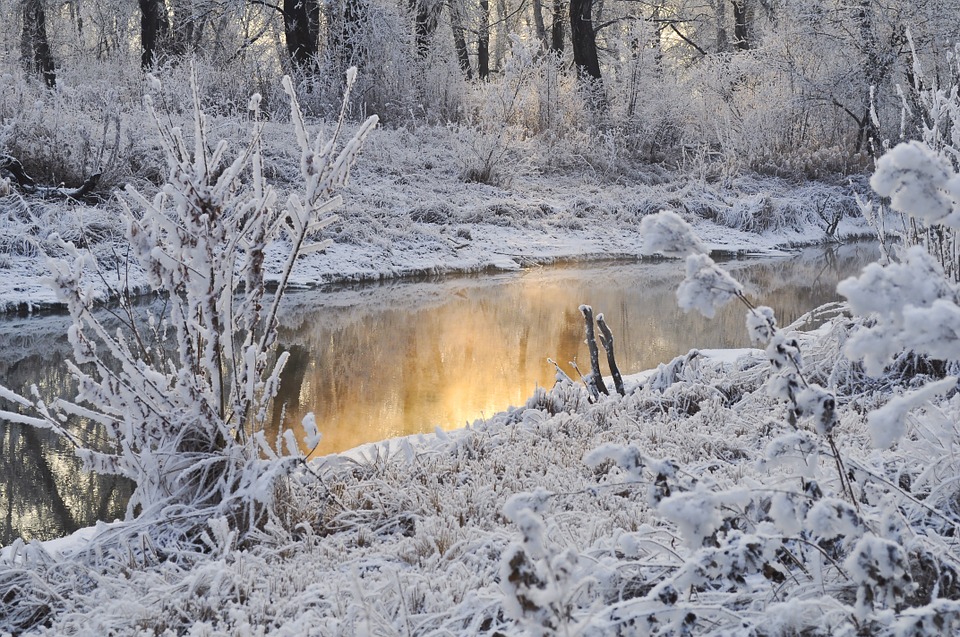
In preparation for a hard freeze in the southern U.S., you need to do a few things to make sure you are prepared. In the past few years, the southern U.S. has experienced some unusually cold weather. There are some things you can do to be better prepared for these cold snaps.
During times of disasters, you often have a supply and demand issues. Think about what you need now and what everyone will need after the disaster has passed. Common items that everyone shops for at the same time such as water, milk, eggs, bread, baby food, diapers and gasoline. Stores will have shortages, because demand is for products that everyone is shopping for at the same time.
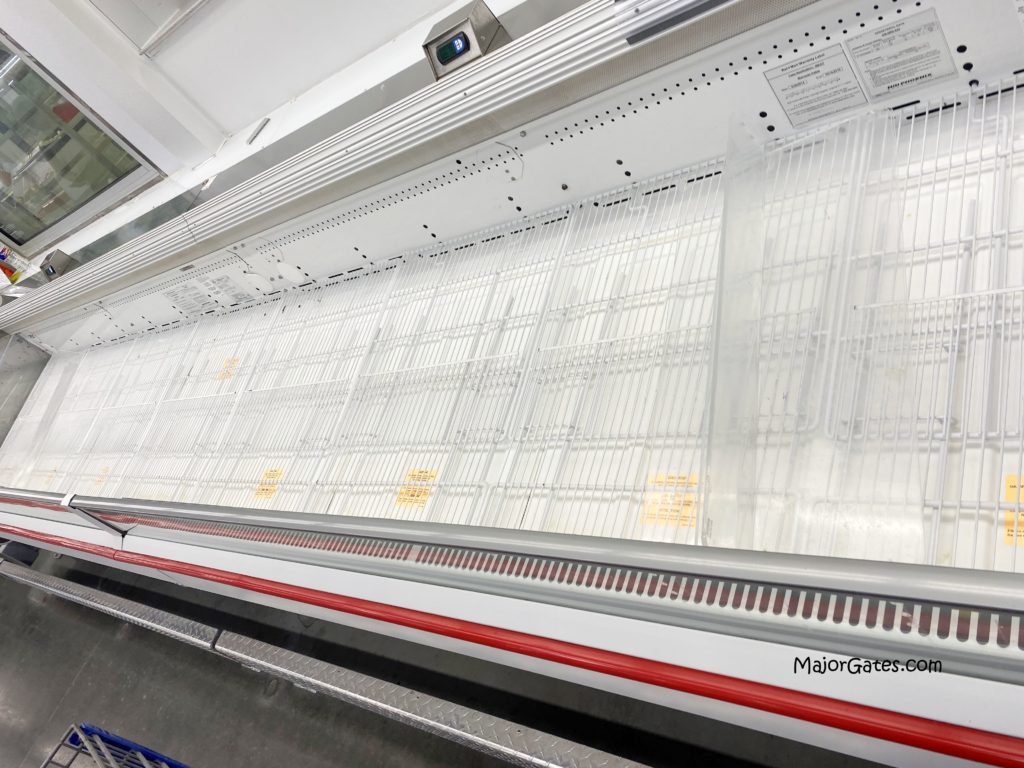
To see my available Party Label Bundle Downloads, click here: https://majorgates.com/product-category/party-bundles/
Also, don’t forget to fill your gas tank. Sometimes, the supply is there but the trucks can not travel on the roads or the gas stations do not have power. Don’t go driving around because of boredom until you know for sure, re-supply trucks can get to gas stations.
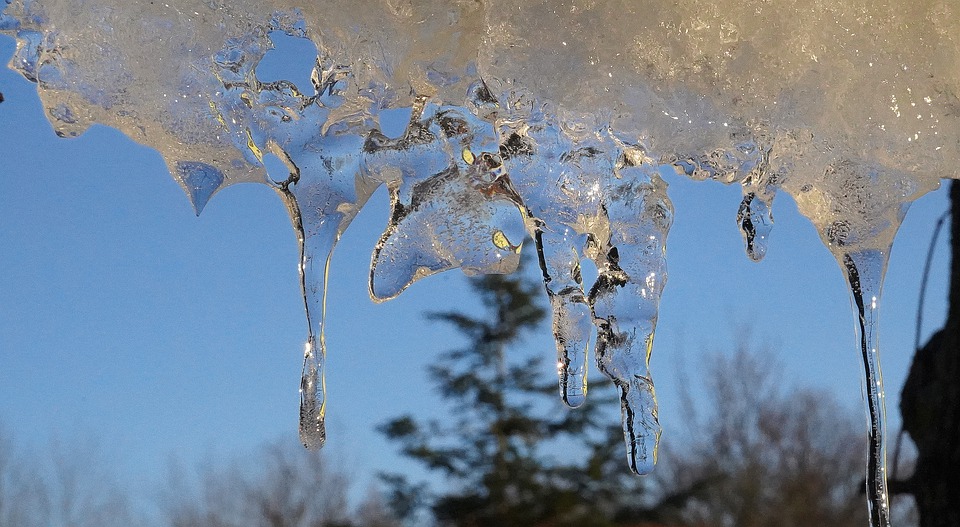
Even if you were not prepared for the last disaster, be ready for the next one with a lot less stress. Fortunately, we know these weather events are coming 4-5 days ahead of time. Start preparing as soon as you know for sure a major cold event is coming. Make a checklist and start working on your plan. Download a local news application to your phone and turn on the notification alerts to be current on any local warnings and news.
I will share my tips to help you be prepared for the next hard freeze.
Don’t Forget To Follow Me On Pinterest!
If you need help with preparing for natural disasters, see my post about Emergency Preparedness Supplies (non-food) here: https://majorgates.com/do-it-yourself/emergency-preparedness-supplies/
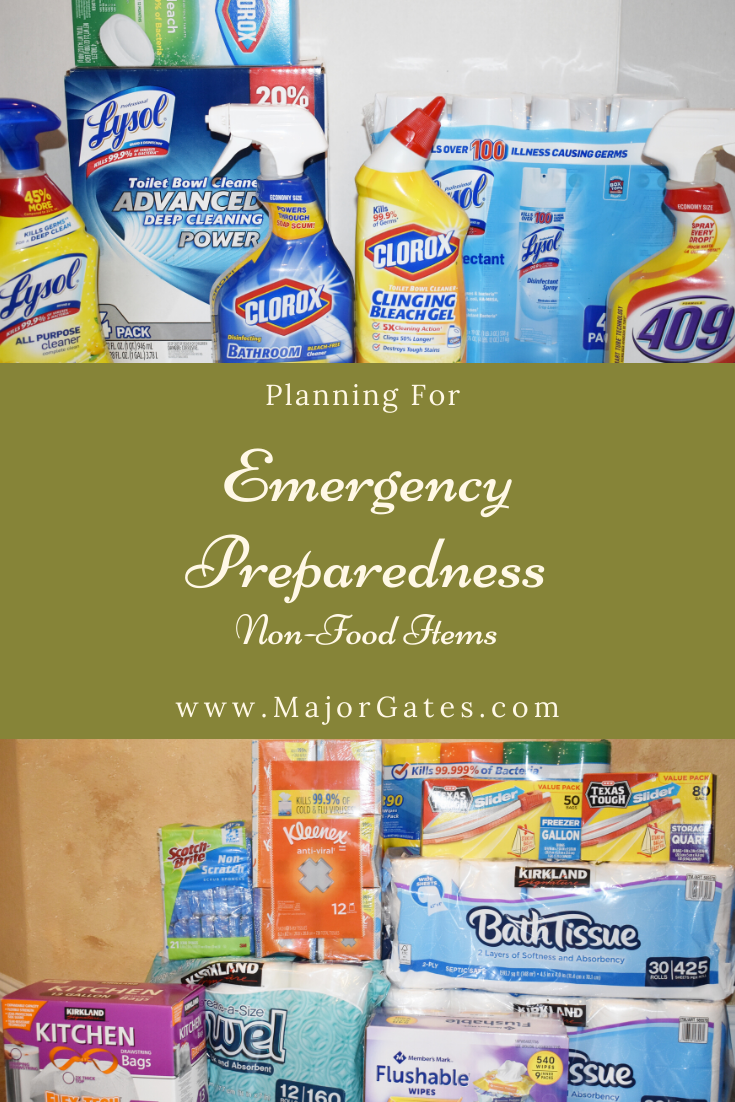
Grocery Stock Up For Hard Freeze Preparation In Southern U.S.
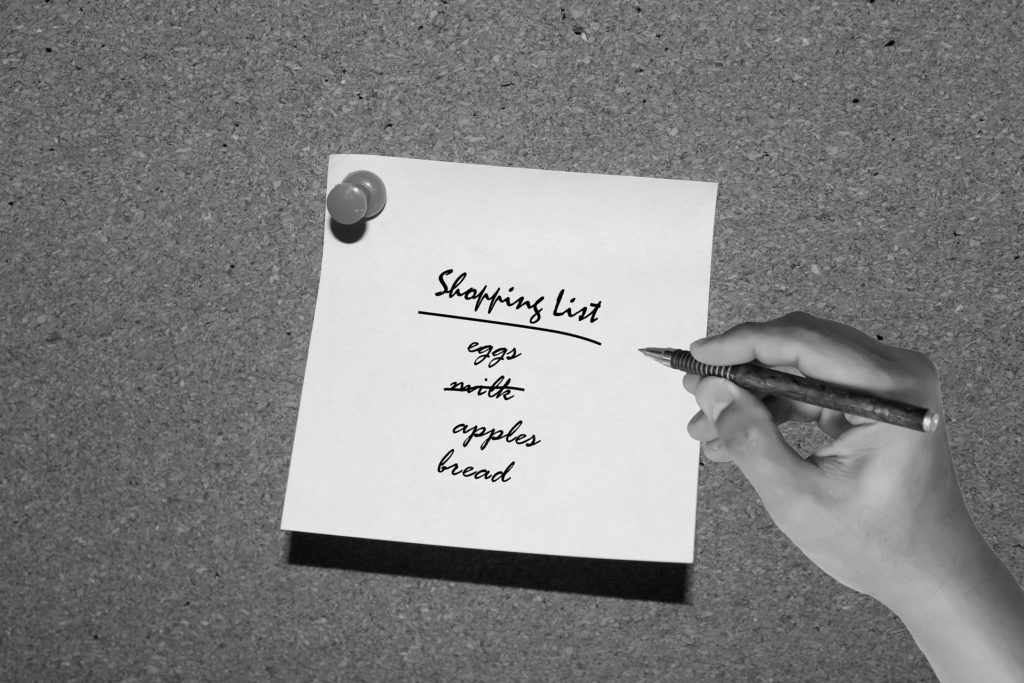
Below are some items that may or may not apply to your household but will get you thinking about what to put on your shopping list as you prepare for a hard freeze in the southern U.S. I keep a shopping list in my written emergency journal for what I will need for any natural disaster. Try to avoid a lot of items that need to be frozen or refrigerated as often there is a power outage and that is another thing to worry about.
So stay away from buying refrigerated meat unless you are making it before the storm comes. If the power goes out for too long, cook the meat you already have in the freezer. I always make a warm delicious meal before the storm hits, so we have a great meal going into the uncertainty. Just make sure you clean up the kitchen completely afterwards.
- Water – stock up on multi-packs throughout the year. During a disaster, stores limit the purchase quantities. Have 4 mega packs in reserve – as you drink a pack and buy new ones, always put the new ones toward the bottom. Freeze a few bottles because they can serve as ice in the coolers for refrigerated items if power outage.
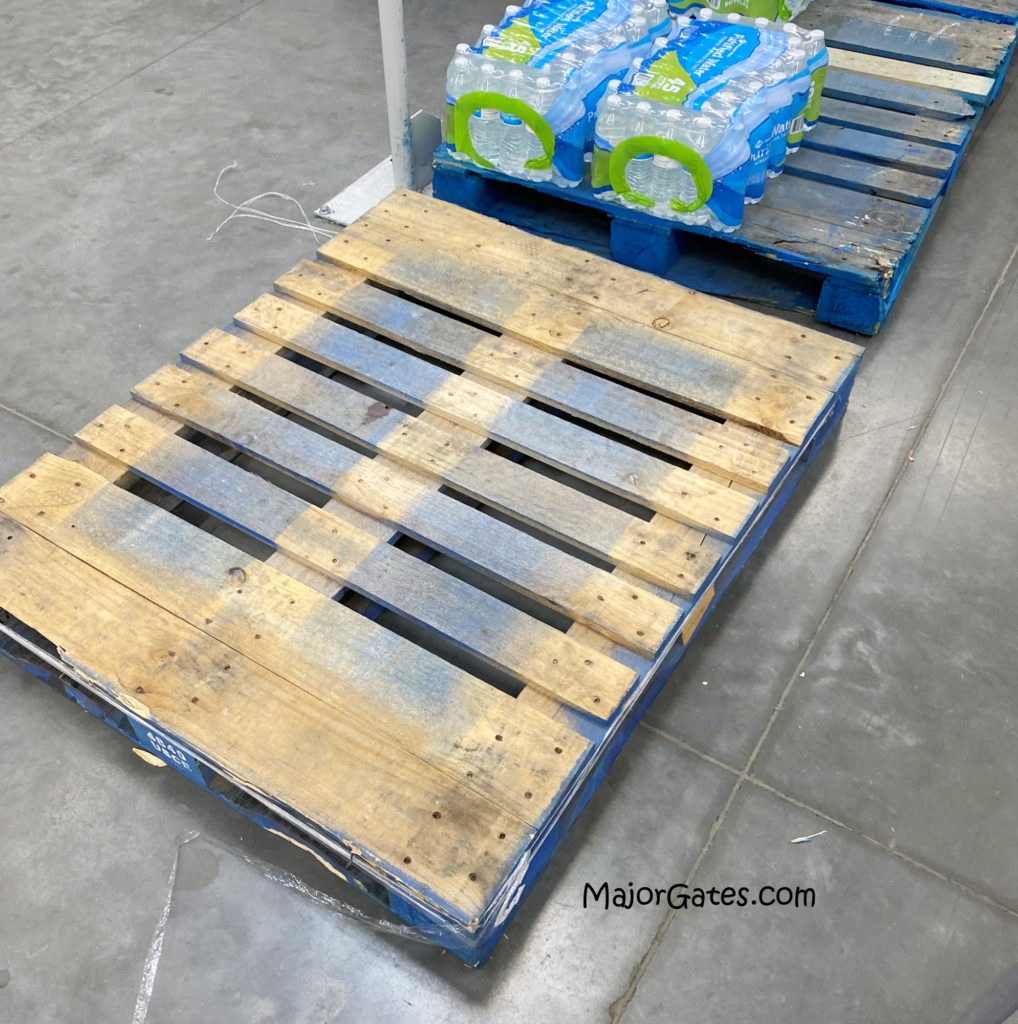
- Milk – you can also freeze milk. Milk is hard to get in a disaster. You should buy a few cans of milk to use to cook with once the power comes back on but the stores are still out of milk. I also have powdered milk for extreme emergencies. You just mix it with water.
- Eggs – you can also freeze eggs out of the shell in ice cube trays.
- Bread – buy two loaves and freeze one. Bread is always hard to get after a disaster
- Peanut butter, Nutella and Jelly
- Potatoes – I like potatoes because they are packed with nutrients and can be boiled, baked or fried.
- Cheese and lunchmeat for sandwiches. These also keep well in a cooler.
- Fruits and Veggies – try to select fruits and veggies that do not need refrigeration or minimal refrigeration like apples, oranges, peaches, plums, bell peppers, tomatoes, etc.
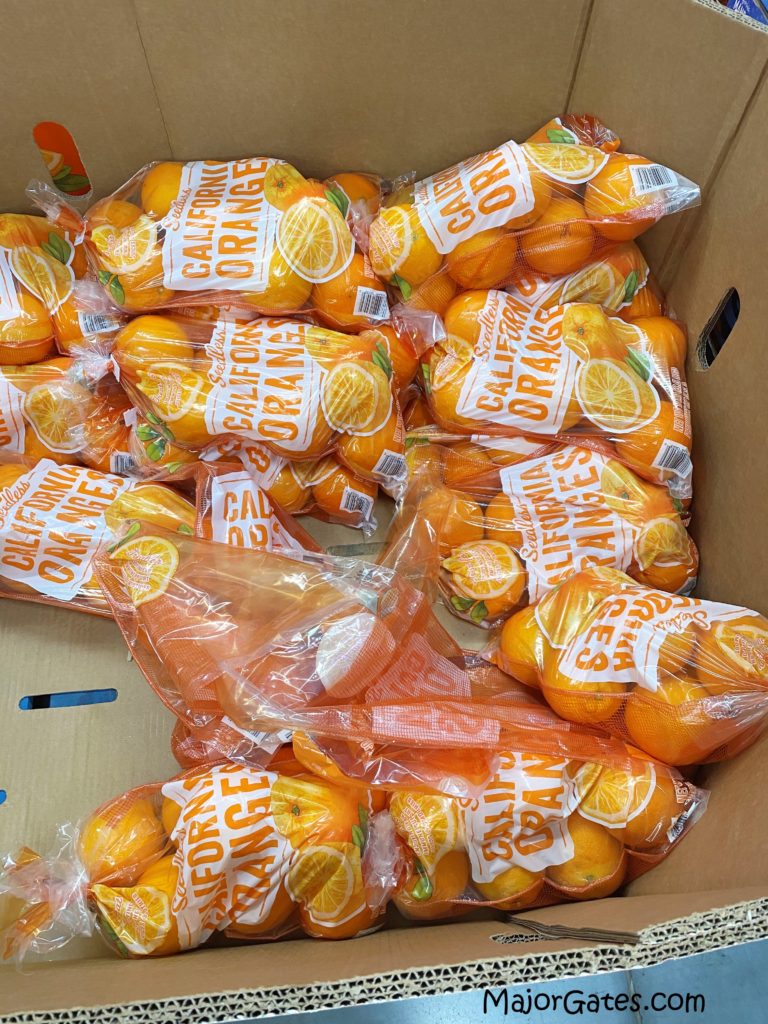
- Dry cereal, instant oatmeal (only requires hot water) and snack goods (chips, cookies, fruit bars, snack bars, raisons, crackers, jerky, dried fruit)
- Can goods that you can eat out of can if you had to like: tuna, Vienna sausages, beans, chili, ravioli, spaghetti, can veggies and fruit.
- Can goods or package goods that can heat up in one pot. This is great for portable burner cooking, grill cooking or limited pots on a gas stove. Like macaroni, box mixes, can soup, ramen, instant potatoes, rice mixes, etc. Just make sure to get ones that only require water and not milk.
- Paper plates, bowls, flatware, cups, napkins
- Paper towels and toilet paper
- Bleach, dish soap, bathroom cleaner, all purpose cleaner
- Baby food, diapers, wipes, formula, distilled water, wet ones
- Pet Food – don’t forget about the pets!
- Charcoal, lighter and lighter fluid
- Propane Tank Refill (s)
- Butane Cans
- Fire Wood
- Gas in all vehicles
Household Checklist
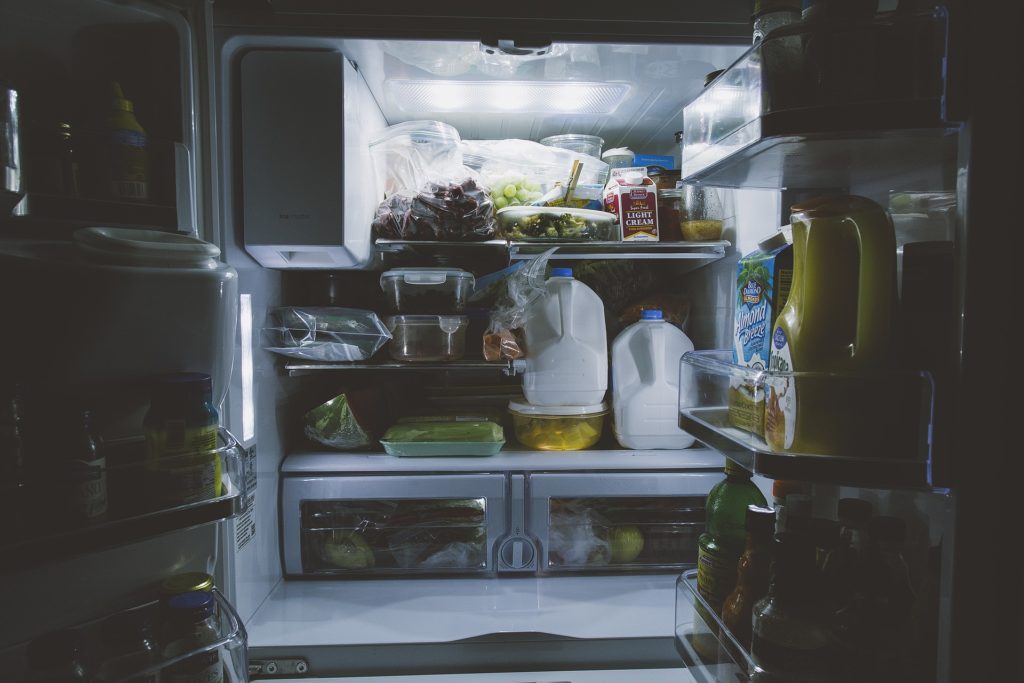
- Take out as much trash as possible prior to the storm arriving on your trash day. Clean out your fridge prior to the storm. You will have plenty of trash during the disaster and sometimes trash service is postponed for a while.
- Turn up freezer and refrigerator to a colder setting. This will keep your items colder longer in cases of power outages. I like to make signs and put on my fridge and freezer that say “Do Not Open” to remind my kids to talk to me first to reduce the opening of both.
- Fill up bathtubs with water but leave one shower available. I also fill up storage totes, trash cans and kitchen stock pots. This will ensure enough water for flushing toilets, washing hands and cleaning if the water goes out or is contaminated. Cover the water in pots and use this water for cooking.
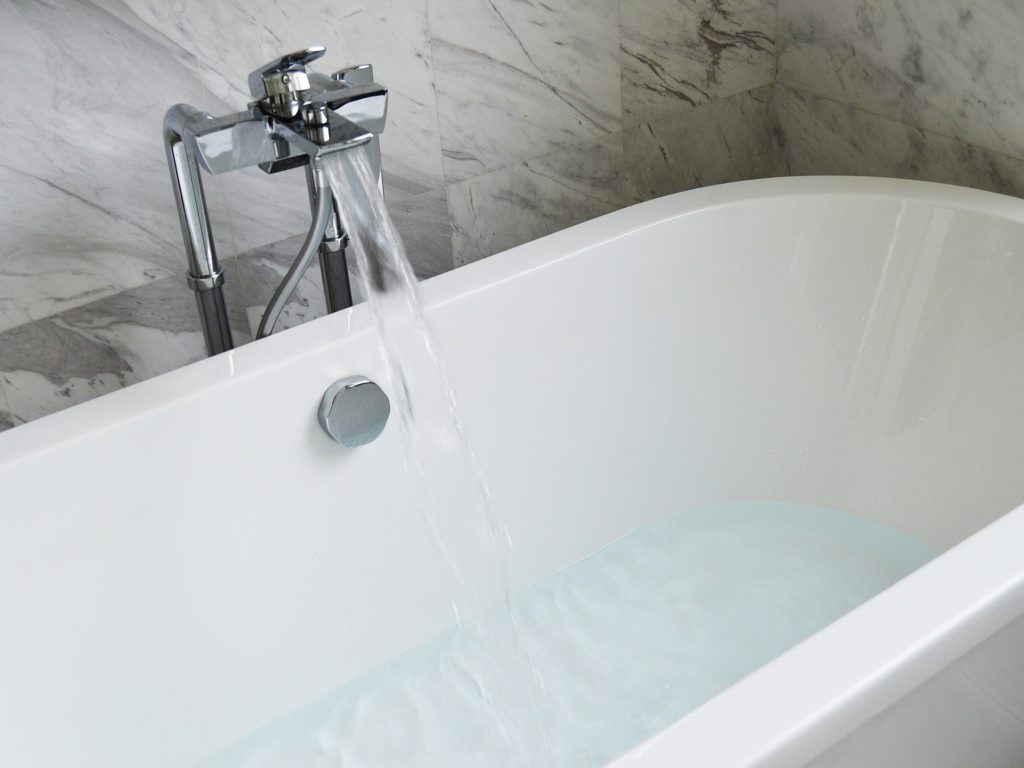
- Wash all clothes before the weather event. You may not have power or water for a while and surprisingly, you dirty up so much during a disaster. Don’t forget to wash the bedding as well.
- Wash all dishes prior to the weather event. Make sure you wash all pots and things in your dishwasher. If you lose power and/or water, you may not be able to wash things for a while. Start with a clean kitchen. As the storm approaches or freeze is in process, wash anything you use as you use it.
- Clean your home. You may be in chaos for a while and it is less stressful having a clean home, especially the kitchen, living room and bathrooms.
- Know where the shut off valves are prior to the storm: water, gas, electricity. Also, know how to manually open and lock your garage. Know where your emergency supplies are located and take them out such as: tarp, duct tape, wrench, screwdriver, lamps, flashlight, heavy duty gloves, coolers, insurance papers, back-up drive for computer (or back-up to the Cloud), emergency bag (in case you have to leave).
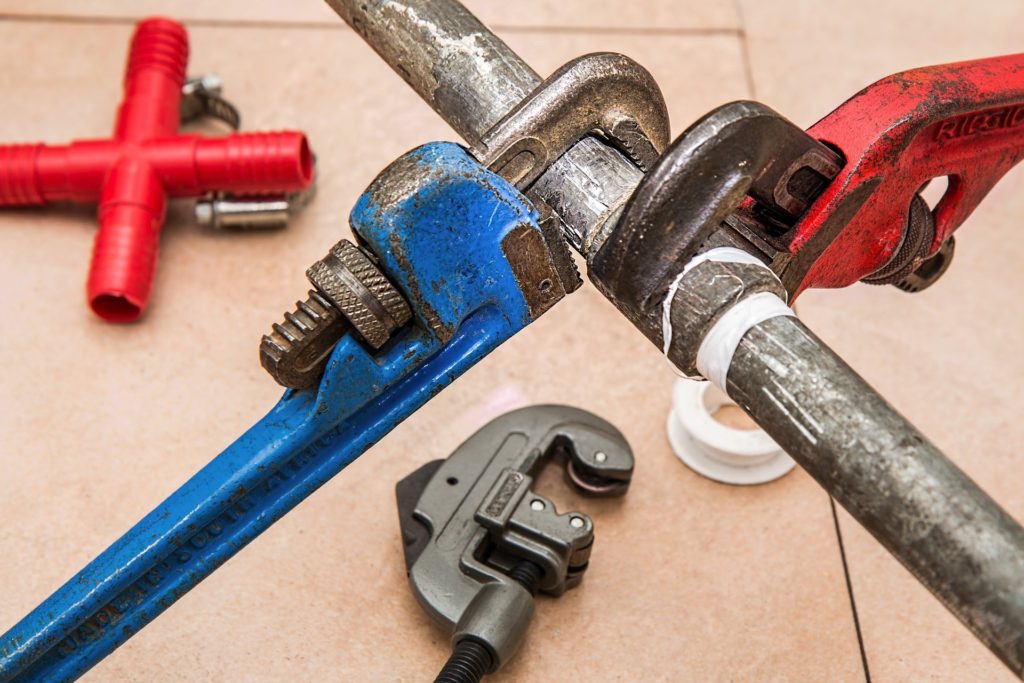
- Check your fireplace to see if it works. Make sure the chute is open before lighting. Look for nests and leaks. Have your fireplace serviced annually. Fireplaces can emit carbon monoxide so make sure you have a battery operated carbon monoxide detector in your home.

- Charge all back-up batteries, cell phones, tablets, laptops, watches, etc. Set a rule that on the day of the storms arrival that any device that reaches 75% needs to be put on a charger again. Kids do not like this rule but will be grateful later that they have a fully charged device once the power goes out.
- Take pictures of the inside and outside of your home. Do not forget about attics, garages, patios and detached structures. Also, take full pictures of vehicles. If you have damage, take pictures and/or videos of the damage and any repairs for insurance claims.
- Back up your computers to a portable hard drive or back up to the cloud. Make sure you do this before the storm hits or you decide to leave your home. Because you do not know what you may return to.
- Put up sensitive documents and portable hard drives in water proof bags. This will protect essentials from water damage if pipes burst.
- Take another shower before the power goes out.
Outdoor Checklist For Hard Freeze Preparation In Southern U.S.
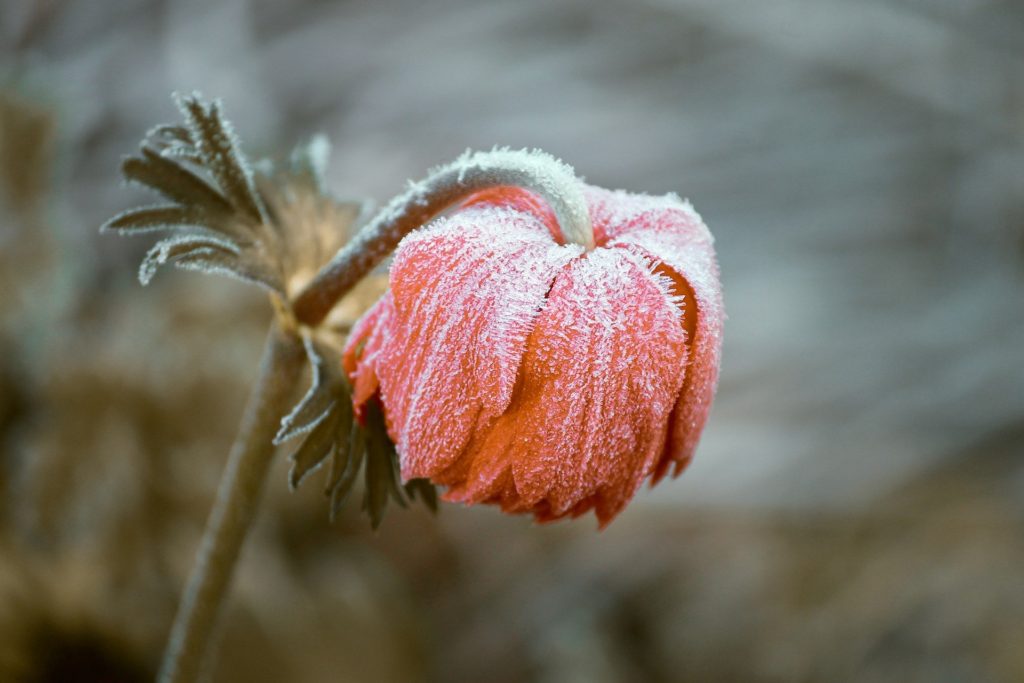
- Bring sensitive plants indoors or to the garage. Look up the cold hardiness for your plants in pots to see what is the minimum temperature they can withstand. Water the plants and let them drain first before you bring them indoors.
- Detach the hoses from the hose bibs and put on hose bib covers.
- Turn off and drain your sprinkler system if you have one. Find instructions on-line for your brand or model. These systems will explode during cold weather so you must drain and wrap your system to avoid expensive repairs.
- Cover all plants that are sensitive to cold snaps with frost blankets and secure with yard stakes. If you can not find frost blankets, use regular blankets or towels. Try to avoid tarps since they do not allow the plants to breathe.
- Apply mulch if you can to trees and flower beds. The mulch will protect the roots of your plants even though they may appear dead after the hard freeze.
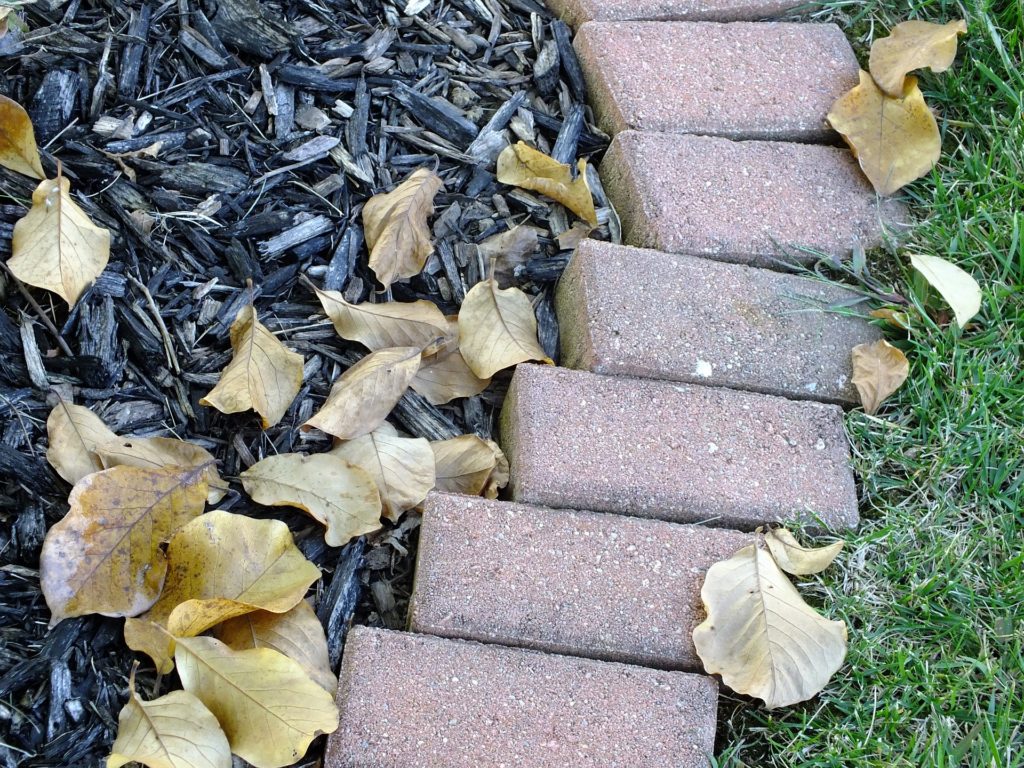
- Cover outdoor furniture, grills, fire pits, fire wood and patio heaters.
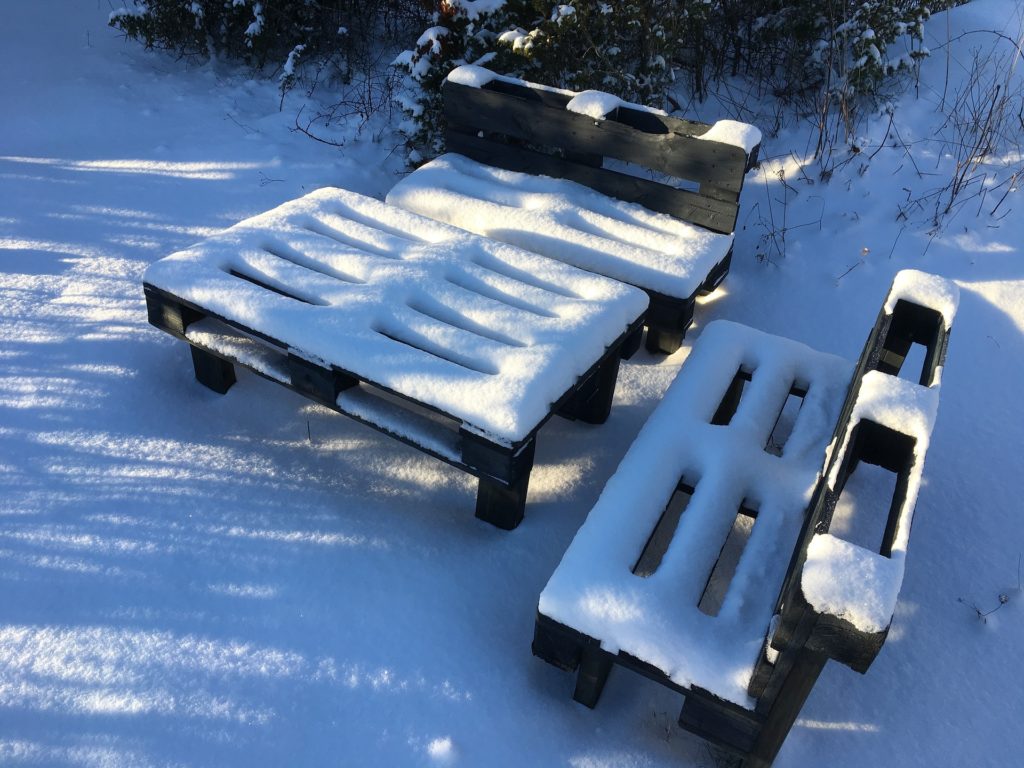
- DO NOT PRUNE ANYTHING! If you prune something, you have opened the plant through the cut parts for more damage during the freeze. The plant or tree will be damaged and most likely die.
Recommended Preparation Items
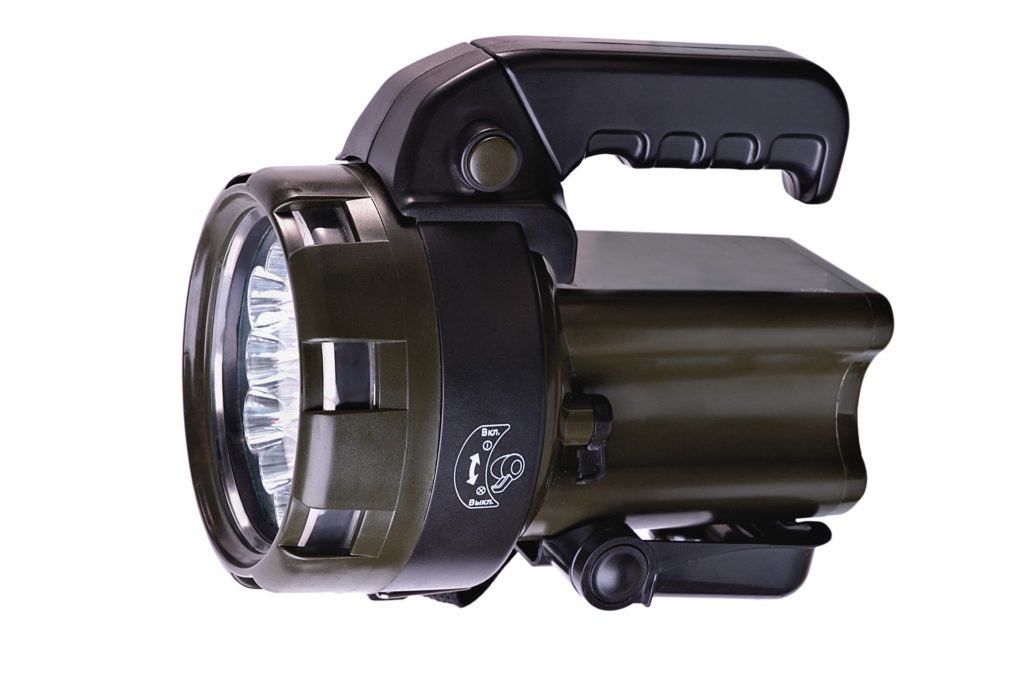
- Frost Blankets and yard spikes – I like the tent spikes that are thicker because they do not lift out of flower beds from the wind.
- Sprinkler Covers and Hose Bib Covers
- Pipe Insulation
- Duct Tape
- Tarp – to secure to a roof, you need 2 x 4 wood and screws
- Coolers – I recommend having at least 2 coolers. The great thing is that you can use these for multiple occasions. I like coolers that roll and have cup holders on the top. Insulated bags work well too with a couple of ice packs.
- Ice Packs
- Wrench
- Portable Butane Gas Stove with Butane Fuel – can also use for camping, tailgating, kitchen remodels. You can find the butane fuels at sporting good stores, some grocery stores including Sam’s and Costco. I love these portable models because they are safe to use indoors in a well ventilated area. You have seen these during food demonstrations at many stores.
- Refrigerator/Freezer Thermometer – considering the price of meat and price increases after a natural disaster, investing in these thermometers are a great investment.
- Lanterns and flashlights – I like camping lanterns because they are bright and family members can easily carry from room to room. If you elevate the lantern on a candle holder or hang it, you have over head lighting that covers more area.
- Batteries – AA, AAA, C and D
- Paper plates, cups, bowls and flatware
- Generators with appropriate extension cord – you must buy these in the off season for the best prices and so that you can find the correct extension cord and large gas cans. ALL GENERATORS MUST BE OPERATED OUTDOORS!!!
- Gasoline Cans – if you have a generator, read the instruction booklet to see your gasoline use rate so you know how much gasoline you will need. Read safety guidelines of where and how to store gasoline before you purchase gasoline to store at your home.
- Battery Operated Carbon Monoxide Detectors
- Water Proof Pouches
- Written Emergency Journal – if cell towers are down, internet is spotty or your phone is dead, have a written journal for emergency contacts for: Plumber, Electrician, Roofer, Tree Removal, Window, Sheet Rock Installation, General Contractor, Towing, etc.
- Emergency Blankets
Power Outages And Hard Freeze Preparation
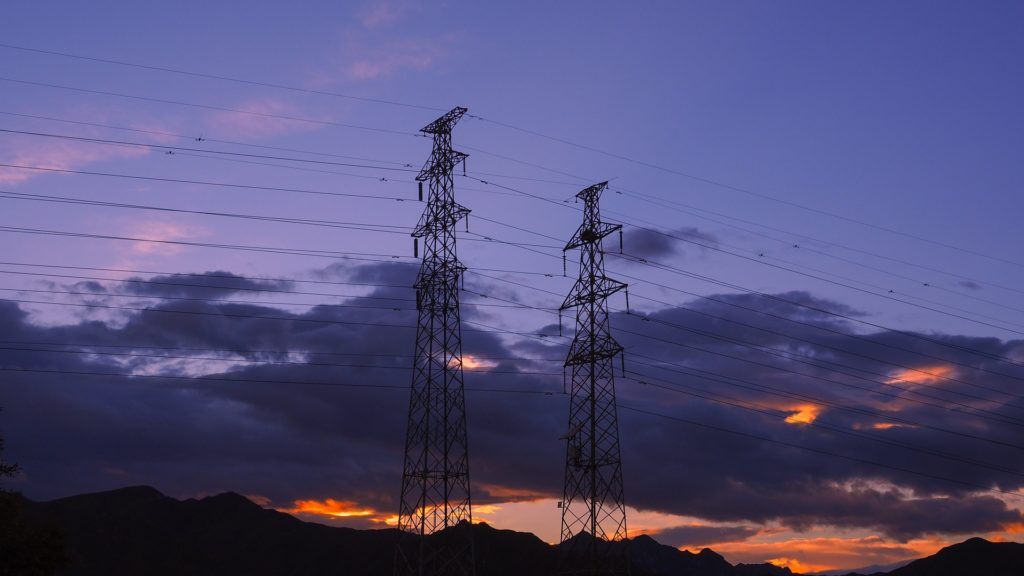
If your power goes out. Items will stay cold in your fridge for up to 4 hours before starting to spoil. This depends on how much the door is opened. If you are worried about needing something to drink, consider putting some water and non-dairy drinks on the back patio, balcony or garage. As long as the temperature is between 10-40 degrees, the drinks will be cold but not frozen.
Fridge items can go outside in a COOLER if the temperature is between 10-40 degrees Fahrenheit. If the temperature climbs above 40 degrees outside or in the cooler, you will have to toss out most items. Place a refrigerator thermometer in the cooler, so you are aware of the temperature of your food.
When you use a cooler, you have to also watch out for animals. Place the coolers up against the house. I turn the coolers, so the lids open up towards the house and I leave the lids cracked by putting a plastic container at the top, so they do not fully close and the freezing cold air goes into the cooler. If you froze bottles of water or have frozen ice packs, just close the lid or leave slightly cracked with a plastic container lid. I add a fridge thermometer into the cooler so I know the temperature of the food and know that it is safe. Refrigerated items must be below 40 degrees Fahrenheit or throw it out. If your power comes on while cooler items stayed below 40 degrees, all you have to do is transfer back to the fridge with minimal or no loss of food.
So do not put your food items in the snow. The temperature fluctuates too much and the animals are likely to find it. I only recommend putting items in a cooler.
If you did not open your freezer this whole time, those items are still frozen for up to 48 hours for a fully packed freezer or 24 hours for a half full freezer. If you still see ice crystals on your meat, it is still good and can remain in the freezer. Any meat with discoloration or thawing without ice crystals can not be refrozen. Half thawed meat with no discoloration can be cooked and consumed. Throw out any discolored or smelly meat. When in doubt, throw out!
Things To Do With Kids During A Hard Freeze
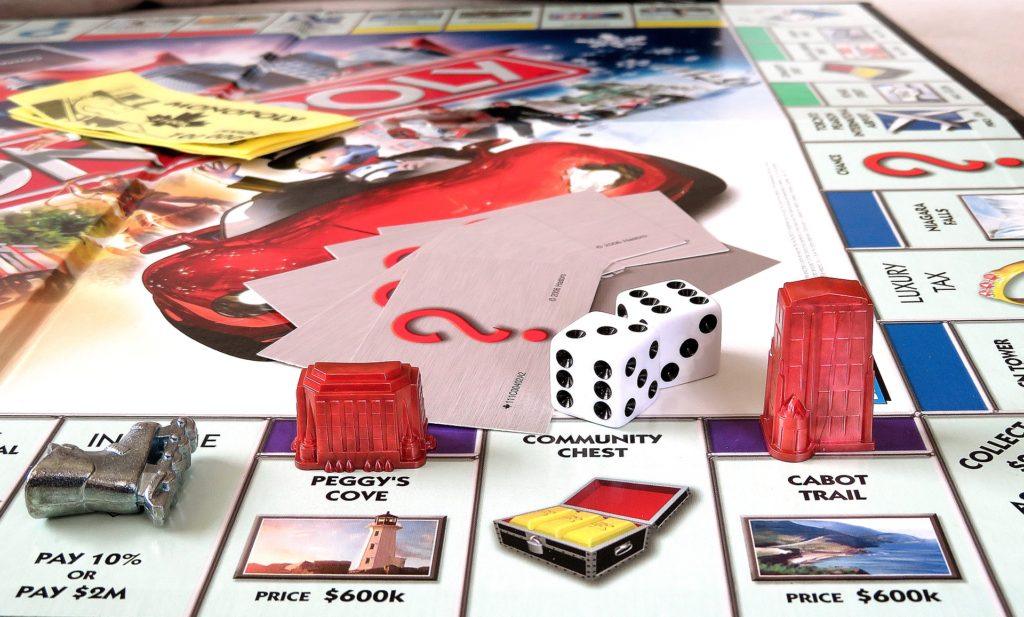
- If you get in the car with your kids to warm up, charge devices or go for a drive, think of what you will need. Do so with a small bag of emergency food/snacks, water and blankets just in case you are stalled or get stuck somewhere. NEVER OPERATE A CAR IN A CLOSED GARAGE or even sit in a garage with the car idle with the door open due to Carbon Monoxide poisoning.
- During the daytime, if it is safe to play in the snow, spend some time playing. You can find many household items to make snowmen, sleighs, pull devices. Just make sure you bundle up the kids well and they have gloves and hats on. If the power is out, it will be difficult to warm up afterwards.
- Have a family game day. As the storm approaches, locate your board and card games and put them somewhere easy to reach if the power goes out. You can really create some bonding moments during this time.
- Work on a puzzle or build a LEGO set during the day. Any building toys are great to assemble during this time. You can also color or paint together, making everyone feel better.
- Put up a tent inside the house. This is fun for the kids and the tent traps heat inside. Line the tent with blankets and pillows. Put battery operated lanterns or flashlights on the inside. Most tents you can hang lanterns from the top, creating great overhead lighting. The kids can play inside and you can read stories.
Well, I hope these tips will help you prepare and plan for the next hard freeze. Slowly gather what you need as things go on sale all year long and be prepared! If you create a wish list on Amazon, you can monitor as prices drop on the items you have saved and purchase when they do.
To learn more about how to create an Emergency Written Journal, click here: https://majorgates.com/do-it-yourself/emergency-written-journal-tips/
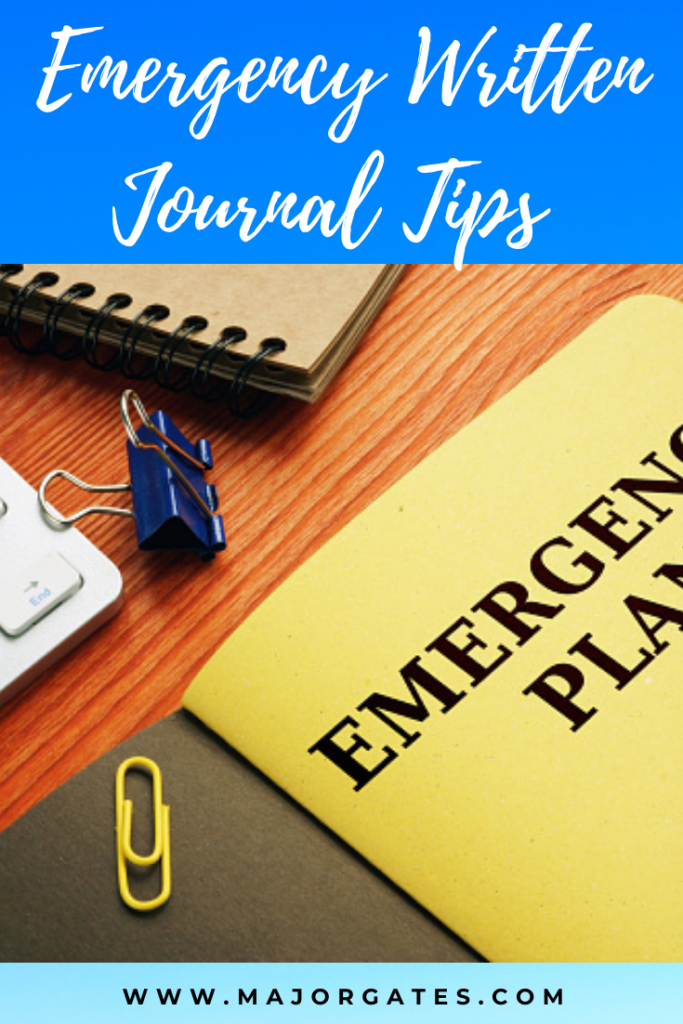
To see my available Jeopardy/Trivia Party Downloads, click here: https://majorgates.com/product-category/jeopardy-trivia/
